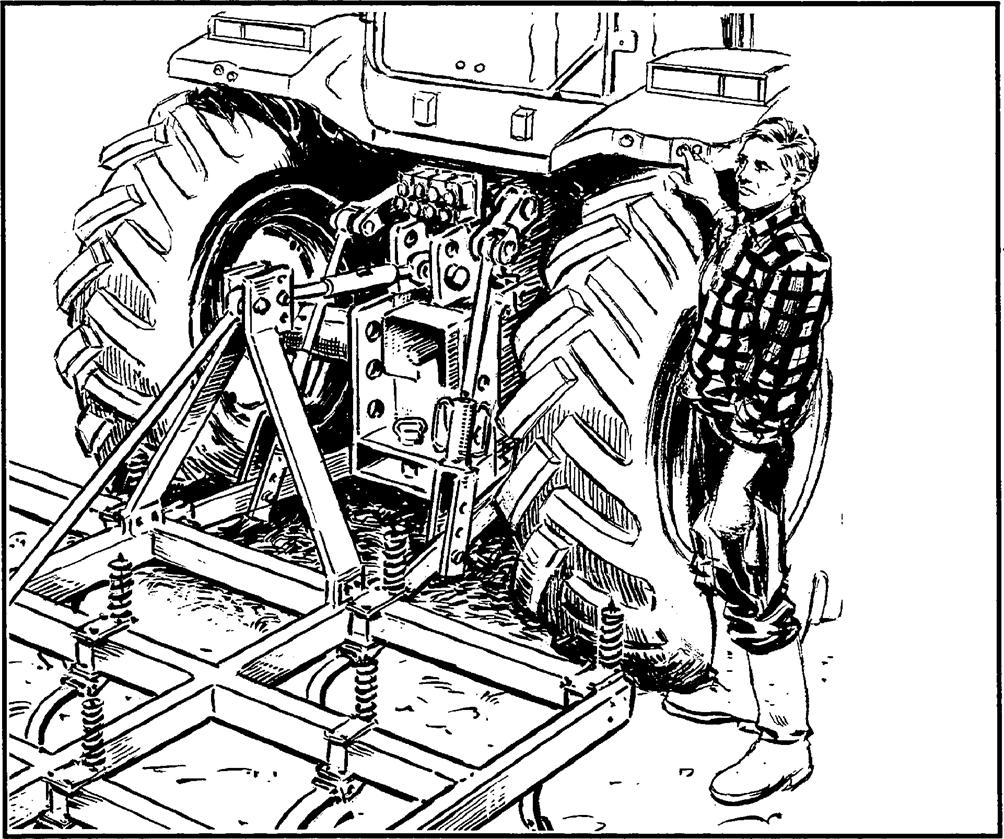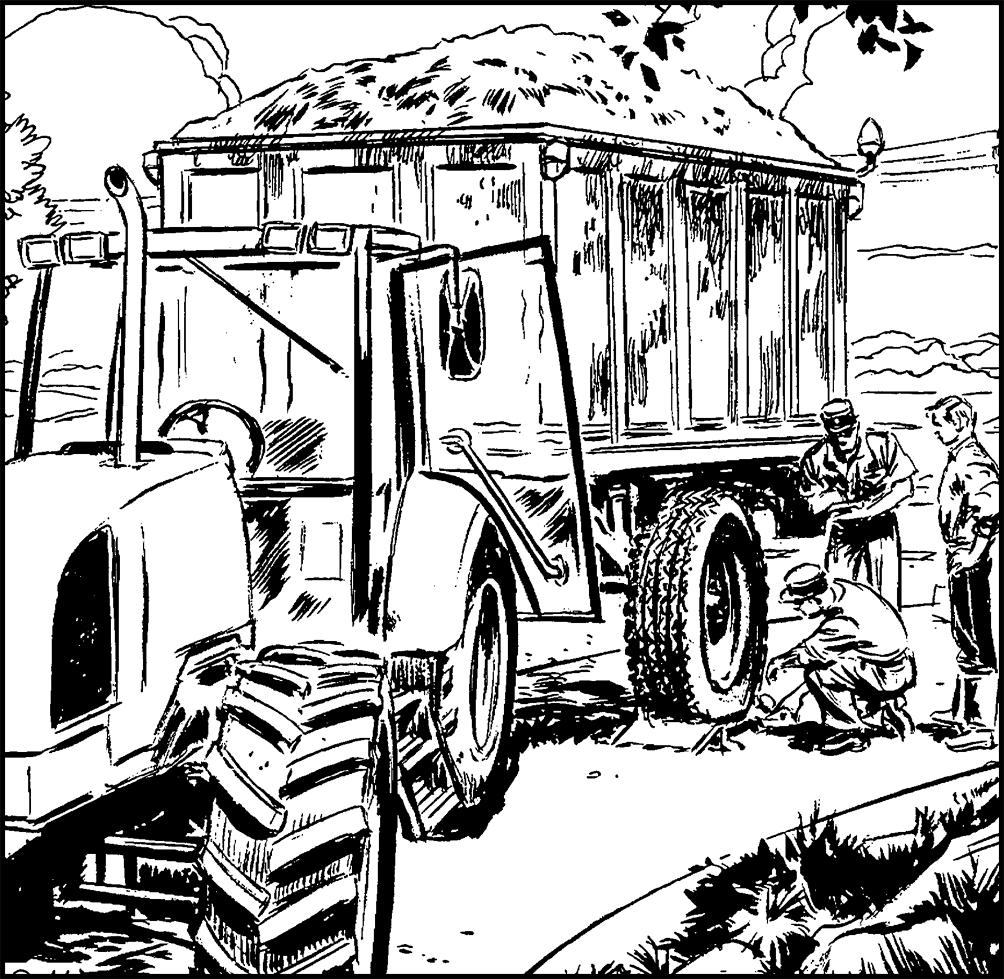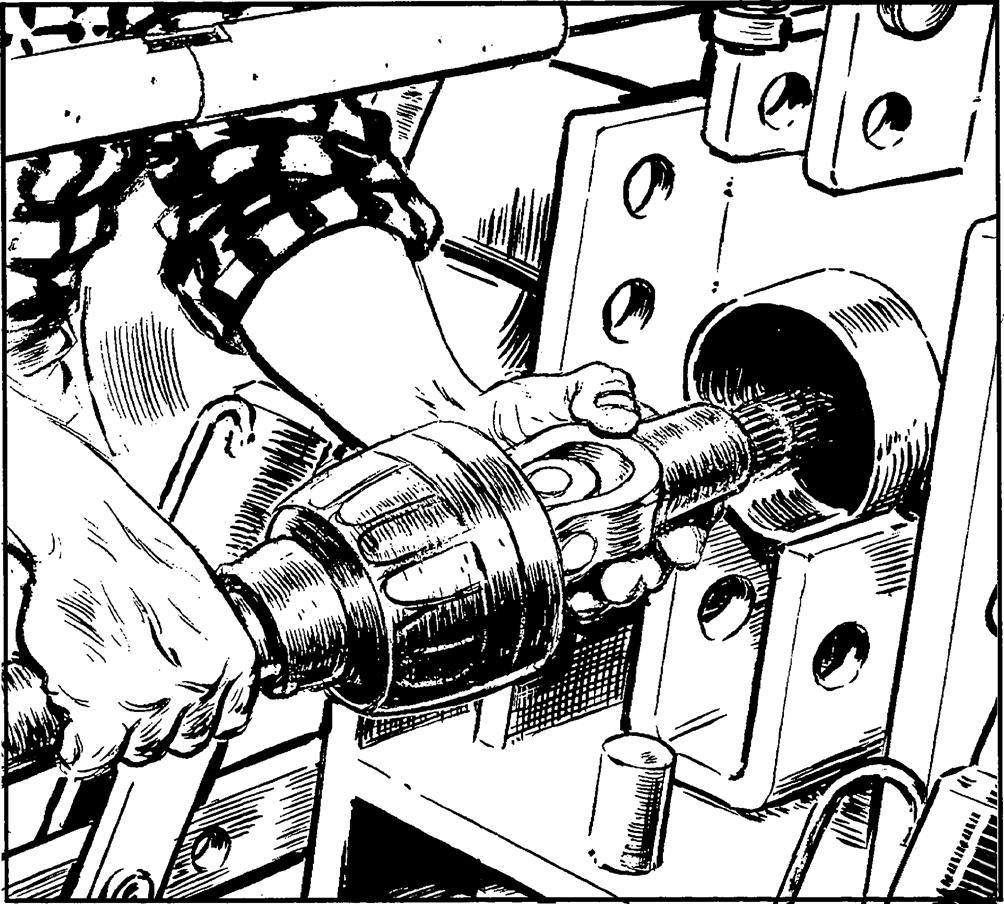CLAAS KgaA mbH Postfach 1163, 33426 Harsewinkel Tel. +49 (0)5247 12-0 www.claas.com 00 11 322 140 TRACTOR GB - 04.2006 Printed in France
Use and Maintenance – Ares 507 • 607 – GB – 04.2006
ARES 547 • 557 • 567 • 577 ARES 617 • 657 • 697
Use and Maintenance





